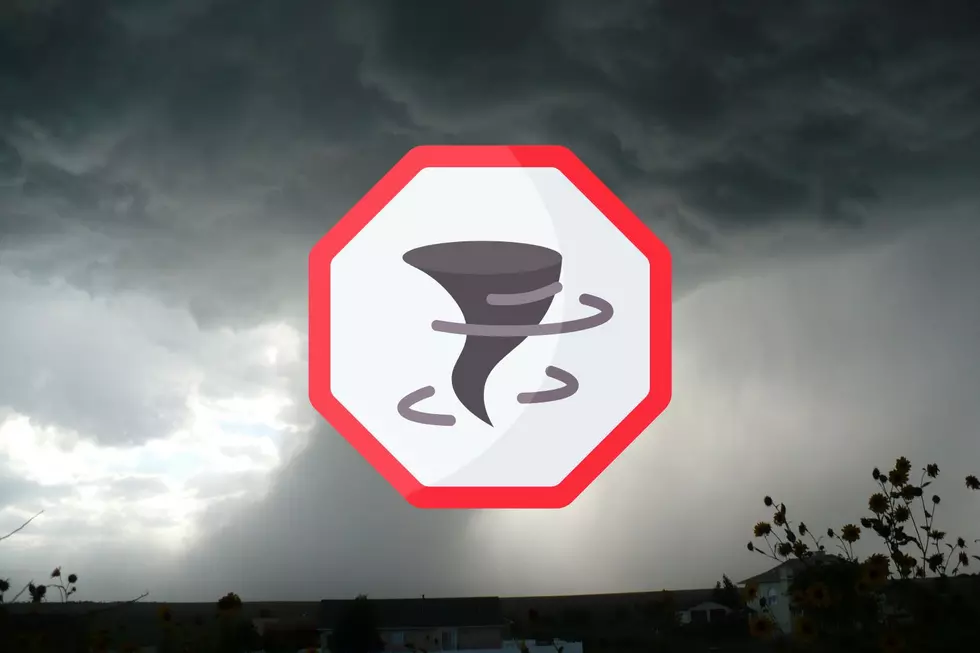
Two Tornadoes Strike West Central Missouri: Details And Impact Revealed
The National Weather Service confirmed two tornadoes from last night's line of storms that impacted West Central Missouri.
The first was an EF-1 tornado with peak winds estimated at 100 miles per hour that touched down in the Blue Springs - Grain Valley area from 11:26 PM - 11:35 PM CDT. The path length of the tornado was five and a half miles and the width was 75 yards. There were some overturned trucks, and trailers, and storm damage, however no deaths or injuries were reported.
The second occurred in NE Platte County from 10:59 PM - 11:06 PM CDT. This was an EF-0 tornado with estimated peak winds of 80 miles per hour. The path length of this tornado was just under six and a half miles and the width of the tornado was 50 yards. There were some fallen trees, tree limbs, and some property damage, however, there were no injuries and no deaths reported.
The National Weather Service uses the Enhanced Fujita Scale which incorporates 28 damage indications to determine the EF rating for tornadoes and determine the wind speed. Last night's storms, were EF-1 and EF-0 tornadoes.
EF-0 and EF-1 tornado are considered weak tornadoes. EF-0 storms have a wind speed of 65-85 miles per hour and are described as a Gale. EF-1 tornadoes have winds 86-110 miles per hour and are described as moderate. Going up the scale an EF-2 storm has winds of 111-135 miles per hour and is described as significant. An EF-3 tornado has winds of 136-165 miles per hour and is described as Severe. EF-4 tornadoes have windspeeds of 166-200 miles per hour and are classified as Devastating, while EF-5 tornadoes with winds 200+ miles per hour are considered Incredible.
While EF-0 and EF-1 tornadoes are classified as weak tornadoes, EF-2 and EF-3 tornadoes are classified as strong tornadoes, and EF-4 and EF-5 tornadoes are classified as violent.
While tornado sirens rang late last night or the very early hours of this morning in Sedalia and Warrensburg, our general area of West Central Missouri seemed to largely escape the major storm damage that could have come our way.
LOOK: The most expensive weather and climate disasters in recent decades
Gallery Credit: KATELYN LEBOFF

